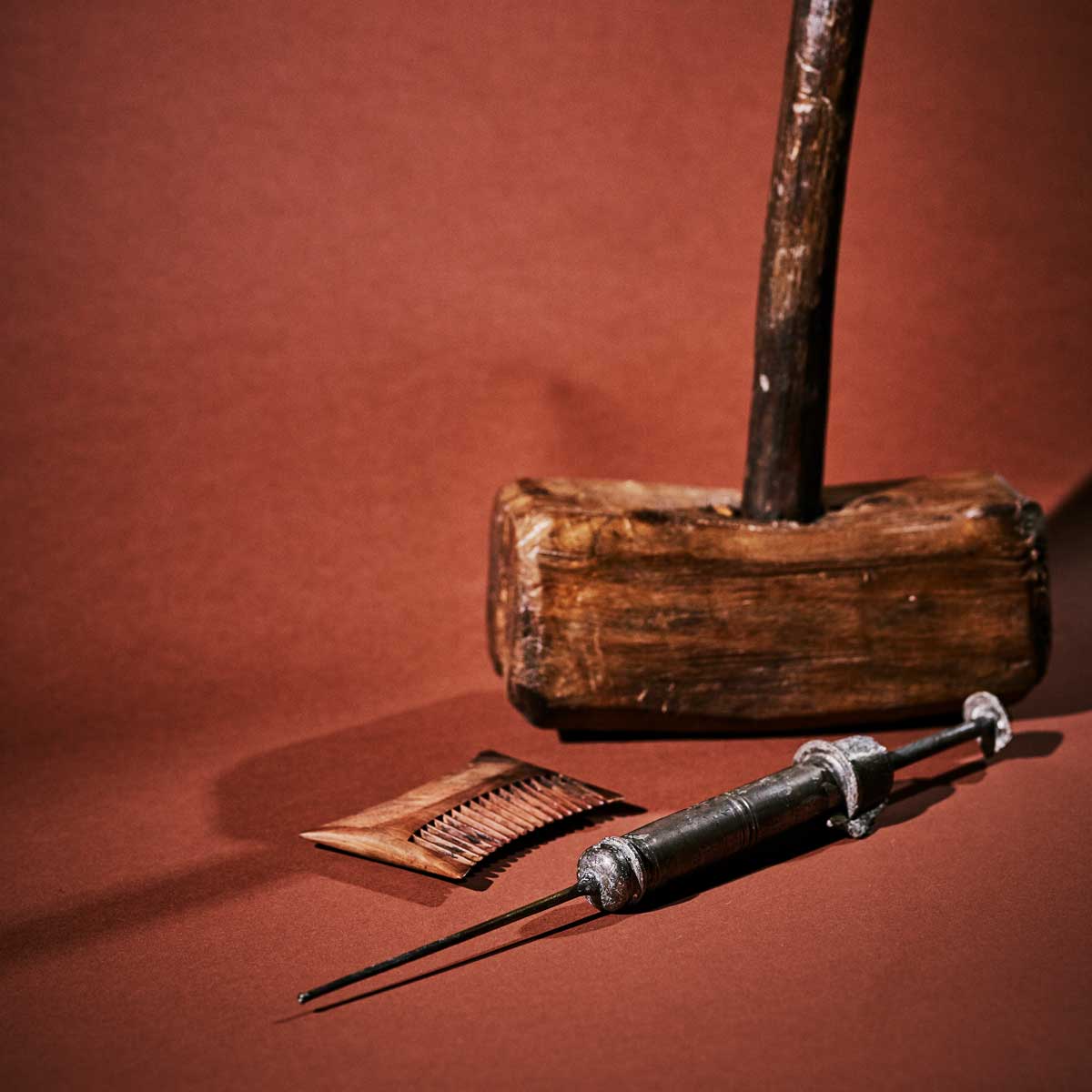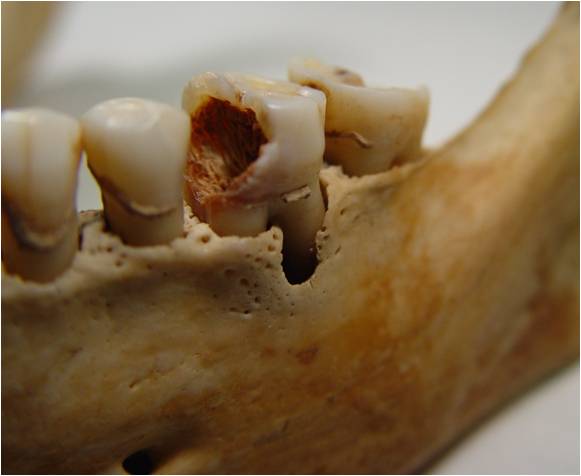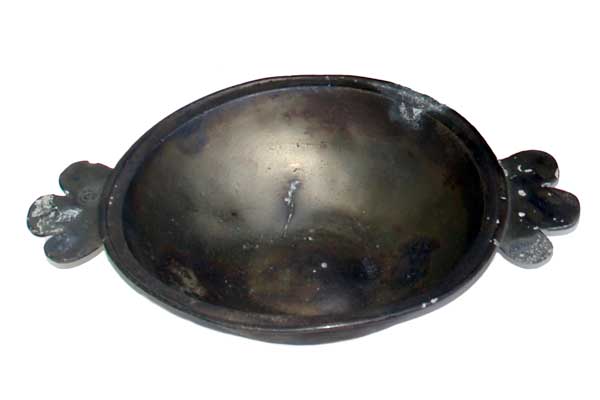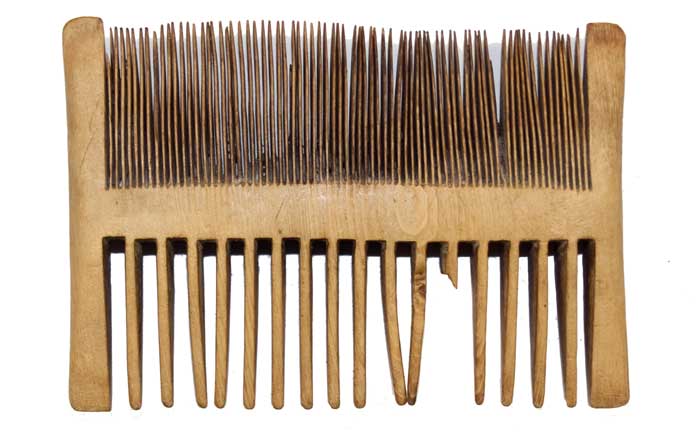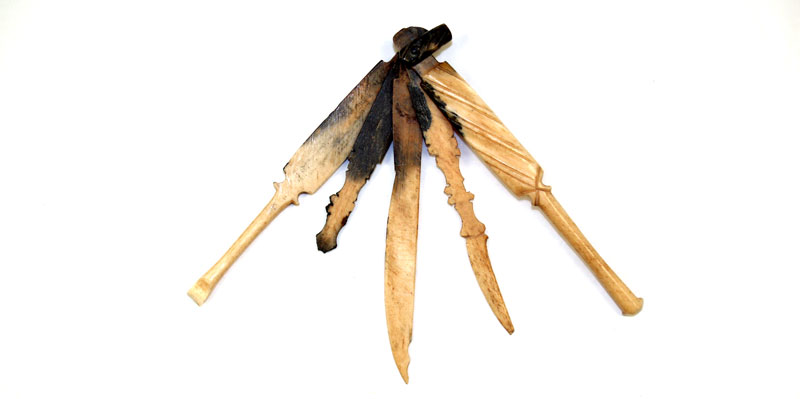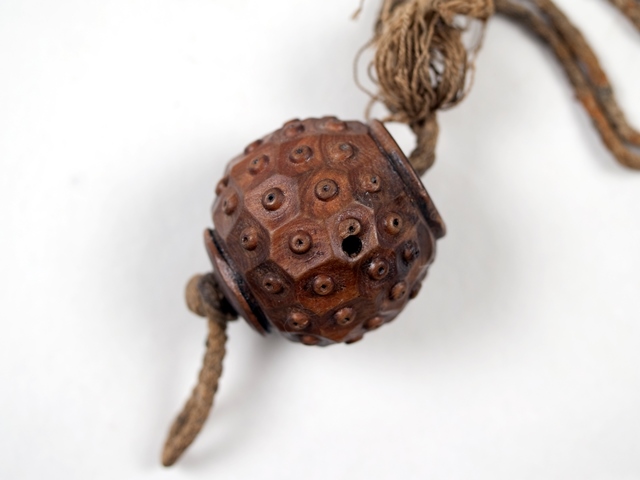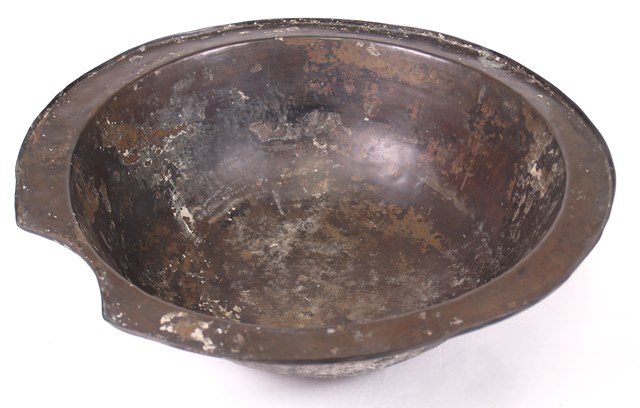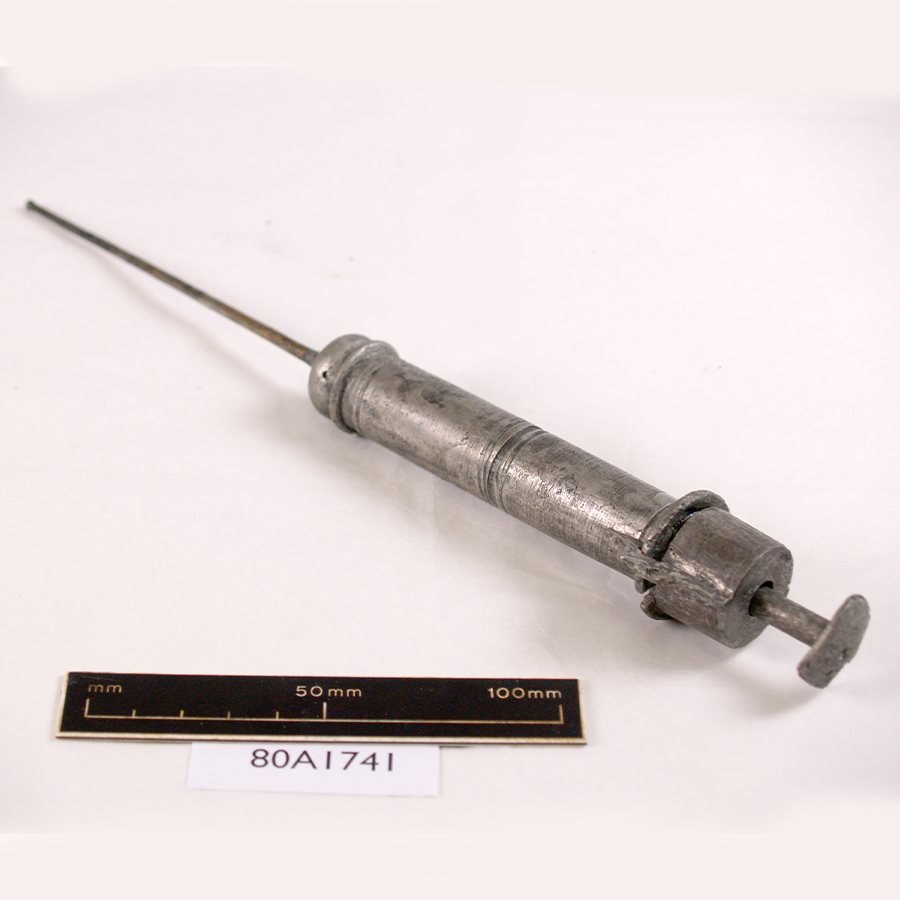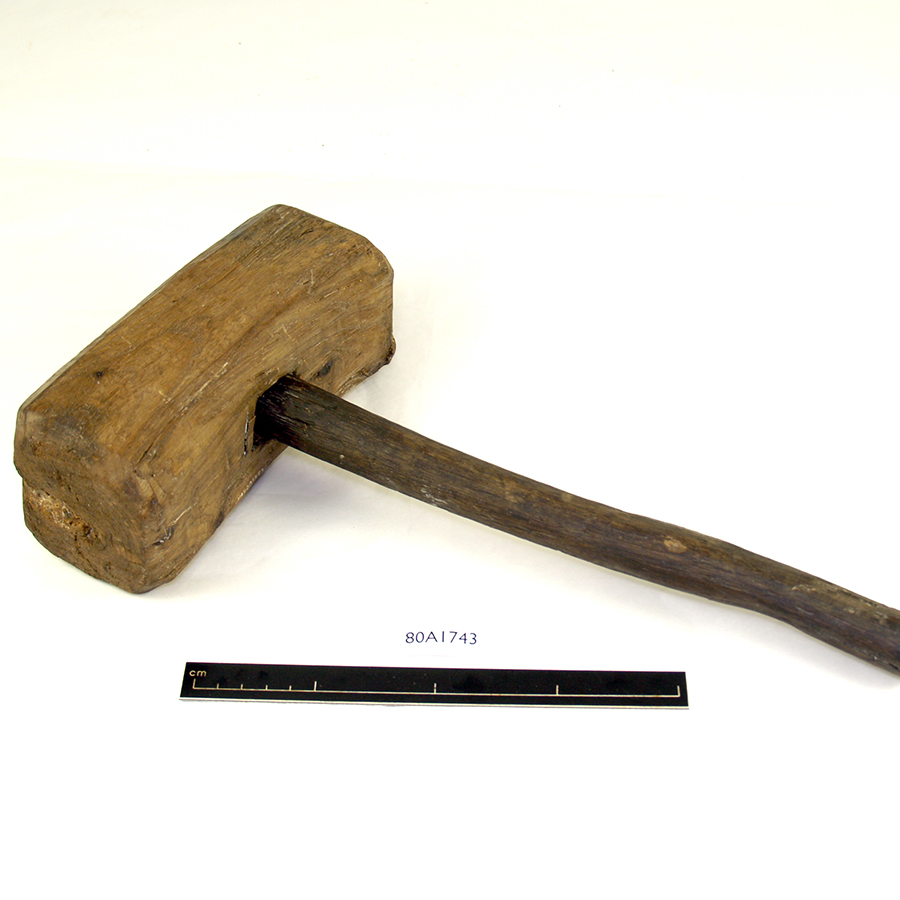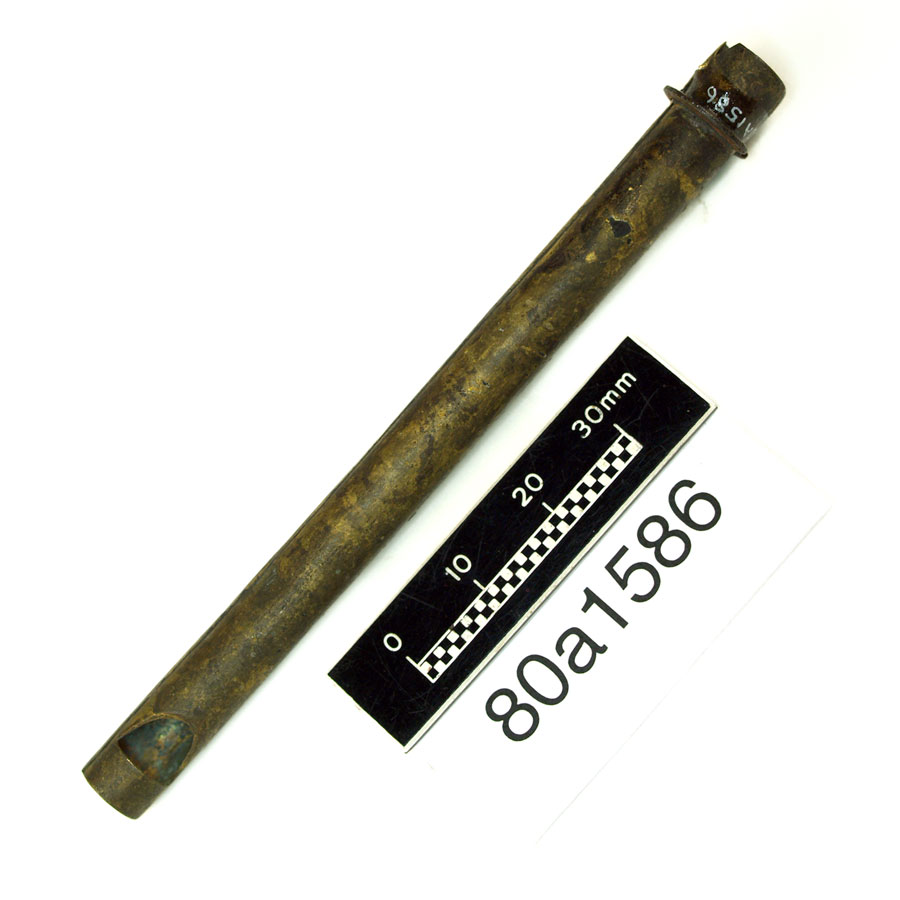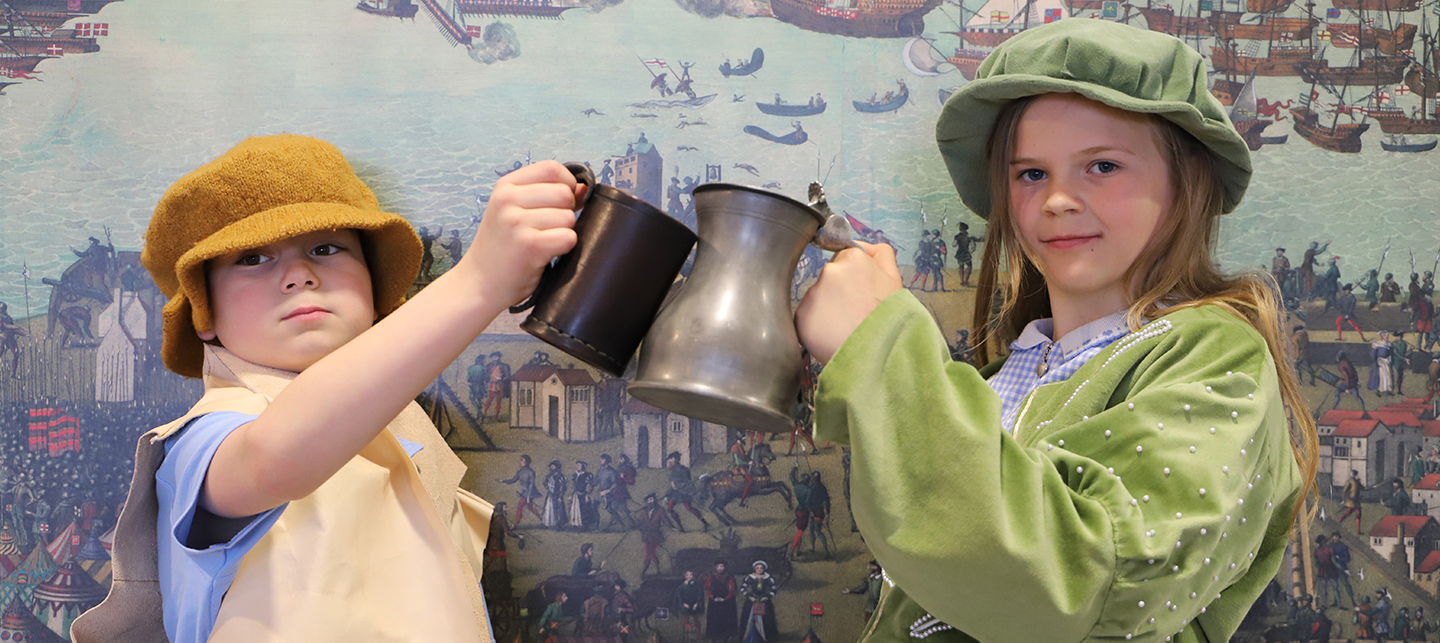Who was he?
We don’t know much about the Surgeon of the Mary Rose. One of the pewter plates in his chest had the initials WE, and a common name at the time was William. We do know that he was a member of the Company of Barbers and Surgeons, so would have served a seven-year apprenticeship under a master surgeon before passing his exams and becoming a senior member. The pewter items in his chest, not to mention the purse packed with silver coins, also suggest that he was quite wealthy.
As a surgeon, he was responsible for treating disease and pain, administering medicines for various injuries and ailments.
A large range of medical tools were discovered on board the Mary Rose within the Surgeon’s cabin on the main deck of the ship.
The Surgeon’s cabin
The Surgeon’s cabin was very small and dark, with only enough room inside for the Surgeon and his chest of tools and medicines.
We think he may have taken his patients down to a lower deck where there was more space to treat them.
